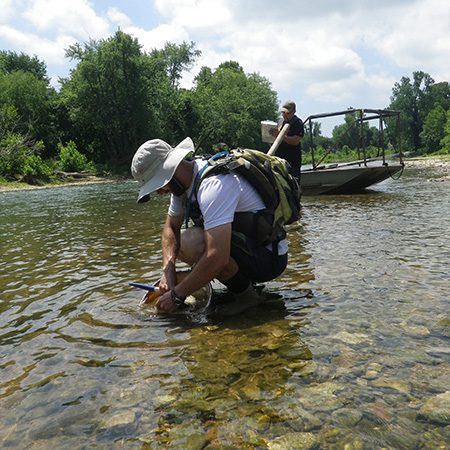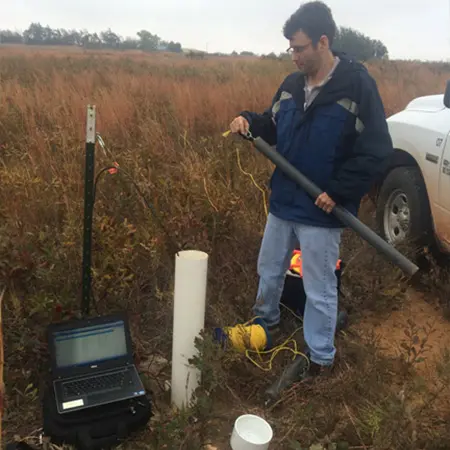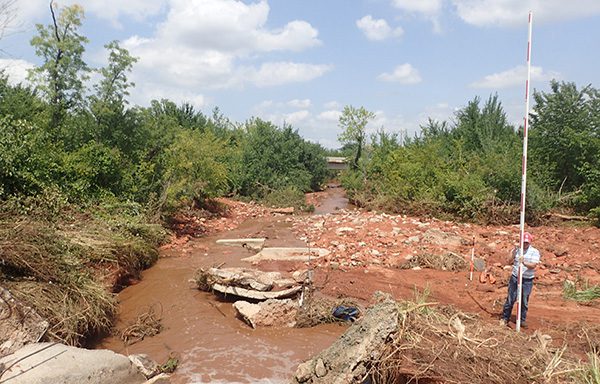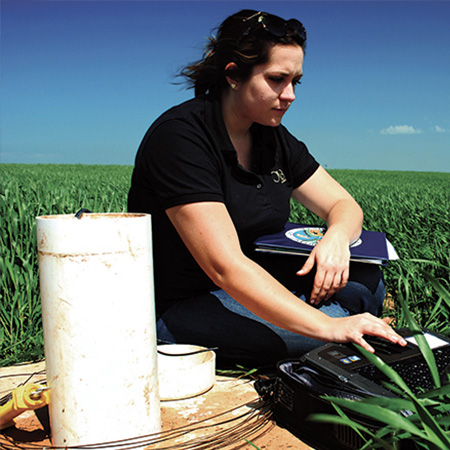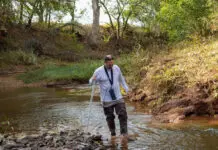Of the hundreds of state agencies that exist to ensure the smooth management of Oklahoma, many of them are well known and operate quite publicly – such as the Oklahoma Department of Transportation and the Department of Public Safety.
Next time you turn on the tap and fresh water pours out, however, you can thank one of the lesser-known state agencies, the Oklahoma Water Resources Board (OWRB), for its regulatory oversight of one our most precious resources.
“The water board and water management are not really known by the general public,” says Julie Cunningham, the board’s executive director. “You know, you turn on your tap and you expect water to come out, but you don’t think about what it takes, where the water came from, the water rights that your community had to obtain to get that water.”
The water board, which is involved in all of those processes and more, has a number of directives, but its main objectives include managing and improving Oklahoma’s water resources through water use appropriation and permitting, water quality monitoring and standards, providing financial assistance for water/wastewater systems, and dam safety, among others.
“The water board is a very diverse agency with a really important mission,” says Cunningham. “Our agency is in a position to do the data collection, and the studies to engage with the public on these very important water issues. The challenges are good challenges, and our job is to have an understanding of those challenges and let people know. Let our lawmakers understand, let our citizens understand, and work toward resiliency.”
Within the agency, there are four divisions including administrative services, financial assistance, planning and management, and the water quality programs. Bill Cauthron leads that last division, which collects physical, chemical and biological data to set Oklahoma’s water quality standards.
“Our division does a lot of different things,” says Cauthron. “We do the beneficial use monitoring program known as BUMP; we do stream-gauging, monitoring on groundwater wells, biological collections … so that’s a taste of what we do on the monitoring. We also write the state’s water quality standards, which are used by a number of environmental agencies where we outline the expectations for water quality in our lakes, streams and groundwaters across the state.”
Despite ever changing weather conditions, aging infrastructure and the financial challenges faced by all state agencies, the OWRB is adapting and working to ensure that the state’s water can continue to serve Oklahomans for centuries to come.
“We are certainly going to face our challenges,” says Cunningham. “Water planning today and in the future is going to be different than water planning was in the past. Our biggest challenge is going to be the infrastructure investment we need, but as far as the future, Oklahoma has a healthy water supply.”
Photos courtesy OWRB
About the Director
Julie Cunningham is native to Oklahoma, so the challenges that the state faces when it comes to water resources are not abstract or distant – they’re happening in her backyard. She worked in all four parts of the organization before ascending to the top role.
“I began at the water board as a temporary,” she says. “We were hired under the Clean Lakes Program, under Bill Cauthron, to do scientific studies on Oklahoma’s lakes. I made $6 an hour, but it was my favorite job I’ve ever had. I had never had a reason to travel to every corner of the state and we’ve just got some beautiful resources. So that hooked me.”






















